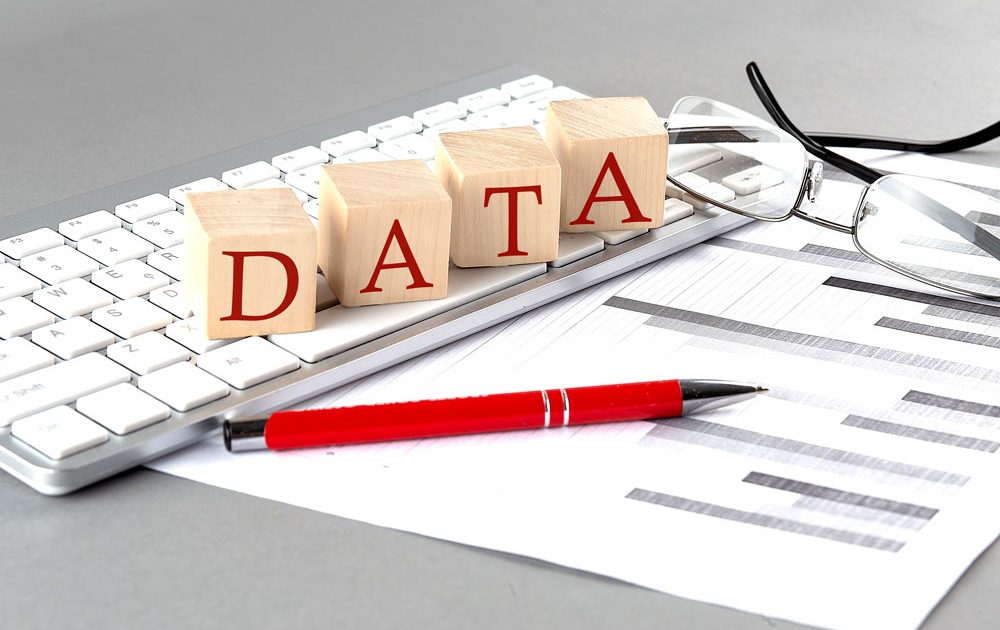The importance of safeguarding sensitive data cannot be overstated. Personal Identifiable Information (PII) is a category of data that includes details like names, addresses, social security numbers, and financial information. These data can be used to identify individuals. PII data classification is a crucial aspect of data governance and security. In this article, we will take an in-depth look at the significance of PII data classification and its role in protecting sensitive information.
Understanding PII Data Classification
PII data classification involves the categorization of data based on its sensitivity and the potential harm that could result from unauthorized access or disclosure. This process helps organizations identify and prioritize data that requires enhanced protection. By classifying PII, organizations can implement appropriate security measures so that sensitive information is safeguarded from cyber threats and data breaches.
The classification of PII data typically involves assigning labels or tags to data sets based on their level of sensitivity. For example, data may be categorized as “Highly Confidential” if it includes social security numbers or financial records. On the other hand, less sensitive data like names and addresses may be labeled as “Moderately Sensitive.” This classification system allows organizations to differentiate between various types of PII and apply security measures accordingly.
Protecting Privacy and Compliance
One of the primary reasons for PII data classification is to protect the privacy of individuals. When personal information falls into the wrong hands, it can lead to identity theft, financial fraud, and other malicious activities. Moreover, regulatory requirements such as the General Data Protection Regulation (GDPR) and the Health Insurance Portability and Accountability Act (HIPAA) mandate the protection of PII. Proper classification ensures that organizations adhere to these regulations, avoiding hefty fines and legal consequences.
Compliance with data protection regulations is not optional—it’s a legal requirement. Failing to protect PII can result in severe penalties and reputational damage. PII data classification serves as a foundation for compliance efforts, helping organizations understand which data requires special attention and protection.
Risk Mitigation
Effective PII data classification plays a pivotal role in risk mitigation. Not all data is created equal, and some PII is more valuable and vulnerable than others. By categorizing and prioritizing PII, organizations can allocate their resources more efficiently. This enables them to focus on securing the most critical data, reducing the likelihood of data breaches and their associated costs.
Consider a scenario where an organization is breached and sensitive customer data is exposed. Without proper classification, the organization would have to treat all data breaches as equally severe. However, by classifying data, they can identify the breach’s impact and prioritize their response accordingly. This targeted approach can significantly reduce the financial and reputational damage caused by data breaches.
Data Encryption and Access Controls
Once data has been classified, organizations can implement appropriate security measures. Encryption is a crucial tool in protecting classified PII. It ensures that even if unauthorized access occurs, the data remains unintelligible. Access controls further enhance security by limiting who can access and manipulate classified PII and make sure that only authorized personnel can do so.
Encryption converts sensitive information into a code that can only be deciphered by those with the proper decryption key. This means that even if a cybercriminal gains access to the data, they would be unable to make sense of it without the encryption key. Access controls, on the other hand, restrict access to PII. Restricting access ensures that only individuals with a legitimate need to access the data can do so. This helps prevent insider threats and unauthorized access, bolstering overall security.
Enhanced Incident Response
In the unfortunate event of a data breach or security incident, PII data classification becomes invaluable. When data is classified, organizations can quickly identify which categories of PII have been compromised. This allows for a more targeted and efficient incident response. PII reduces the impact of the breach and mitigates potential damage to individuals.
For example, if a breach occurs, and the organization determines that highly confidential PII has been compromised, it can take immediate action to notify affected individuals. After that, it can change access credentials, and implement additional security measures for that specific category of data. This swift and precise response minimizes the fallout from the breach and demonstrates responsible data stewardship.
Educating Employees
Employees are often the weakest link in data security. However, with proper PII data classification as a must-have foundation, organizations can educate their staff about the importance of protecting sensitive information. Training programs and guidelines can be tailored to the specific categories of PII, making it easier for employees to understand their responsibilities and follow best practices for data protection.
Employees who are well-informed about data classification are more likely to handle sensitive information responsibly. They will be aware of the potential risks associated with each category of PII and will take the necessary precautions to prevent data breaches. By investing in employee education and awareness, organizations can significantly enhance their overall data security posture.
PII data classification is a critical framework within the broader context of data governance and security. Essential for safeguarding sensitive information for organizations. It not only enables organizations to prioritize and protect personally identifiable information against cyber threats but also ensures compliance with stringent regulatory standards. It also mitigates risks associated with unauthorized data exposure.
As we progress technologically, the significance of PII data classification in maintaining the integrity and confidentiality of personal data cannot be overstated. It serves as the basis for responsible data stewardship and a resilient security posture.

